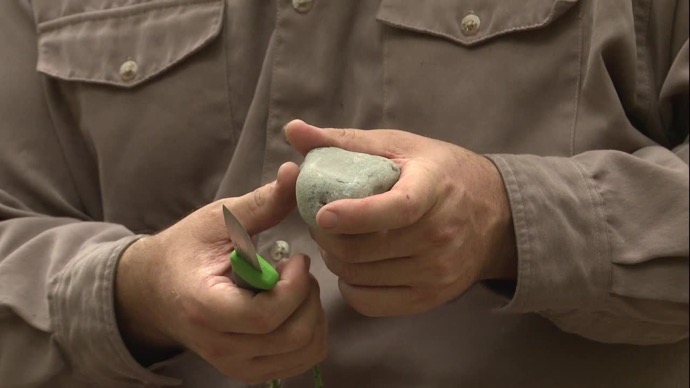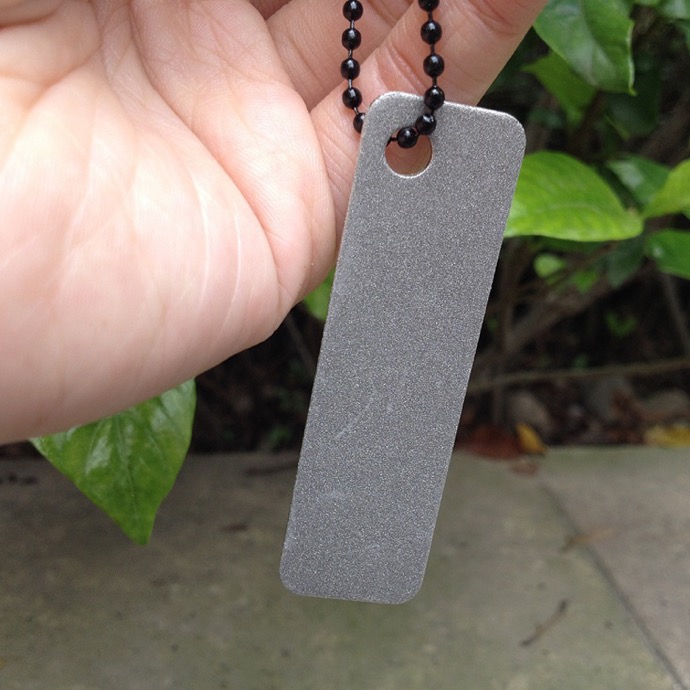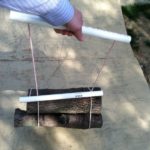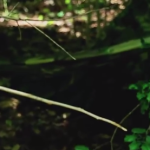Simple Knife Sharpening Techniques That You Must Know
Keeping blades sharp is important for the protection of your knives, and a good blade will make cutting objects safer and easier. While sharpening knives isn’t rocket science, there are a couple of things to consider to make the process easier on you and your blade.
Sharpeners
You can use almost any material to sharpen a knife, from rocks to a diamond-studded tool. However, there is one fundamental principle that applies to every blade out there. The object that you use to sharpen your knife needs to be stronger than the metal in your blade. Diamond sharpeners are the best and will work on every type of blade because diamonds are the hardest substances out there. However, they can be expensive.

Carbide sharpeners come in a close second to diamonds, and they will handle most blades that you probably have in your possession right now. Arkansas stones are ideal for sharpening blades without removing metal, and very few alternatives can accomplish this feat. This will allow you to use and abuse your knife for long periods of time without the need to replace the blade. Ceramic sharpeners are a budget alternative that may require a lot of strokes to get a blade sharp, but they also leave a nice, polished finish.

You can also sharpen knives on rocks and concrete, but they should be used as a last resort. This is because the blade can cut into these materials and make it difficult to get a nice, clean finish. The blade can also become nicked or gouged if you’re not careful. Make sure that you practice with knives that you don’t mind dinging up in order to get the technique down, and try to use the smoothest material possible to avoid causing too much damage.
Techniques

The proper way to sharpen a blade is to place it perpendicular to the sharpener. You want to push the blade so that it’s edge remains at this angle at all times. Do not pull up on the blade after each stroke, otherwise it will shave metal off and cause deformities. Lift the blade from the sharpener and push down again. This motion will also channel the friction as effectively as possible, minimize the amount of metal that is removed during the sharpening process and give you a nice and smooth finish.
You also want to make sure that you are properly aligning the edge of the blade against the sharpener as well. Look at the edge and see the angle that is formed as the metal tapers into the end. You want to have the angle of the blade rest flat atop the sharpener. This takes a little bit of work and practice, but this is the only way to protect the integrity of the blade and keep it as close to its original cut as possible.
There will come a time when every blade needs to be sharpened, no matter how good your knife is. Following these basic guidelines will help you to preserve the life of your blade and improve its ability to produce nice, fluid and even cuts. You can also sharpen razor blades using these same techniques. Remember to sharpen your blade as soon as you start to notice wear and tear, and don’t forget to keep a sharpener in your bug out bag or survival kit at all times.















